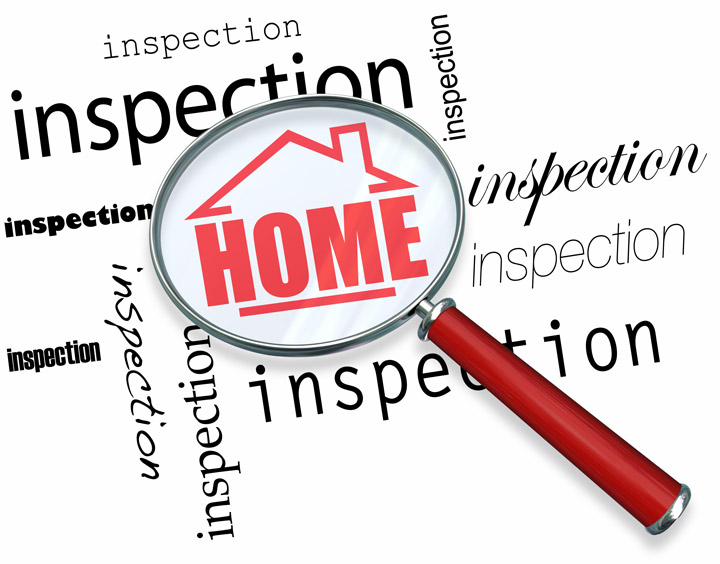
What Are the Parts of an Appraisal?Buying a home can be the most significant transaction most will ever make. Whether it's where you raise your family, a second vacation home or a rental fixer upper, the purchase of real property is an involved financial transaction that requires multiple parties to see it through. Practically all the participants are quite familiar. The real estate agent is the most recognizable person in the transaction. Next, the lender provides the money needed to fund the deal. And the title company makes sure that all areas of the transaction are completed and that a clear title transfers to the buyer from the seller. So, what party is responsible for making sure the property is worth the purchase price? In comes the appraiser. We provide an unbiased opinion of what a buyer might expect to pay — or a seller receive — for a property, where both buyer and seller are informed parties. A licensed, certified, professional appraiser from Harley Appraisals will ensure, you as an interested party, are informed. Inspecting the subject propertyTo ascertain an accurate status of the property, it's our duty to first complete a thorough inspection. We must actually see features, such as the number of bedrooms and bathrooms, the location, living areas, etc, to ensure they indeed are present and are in the shape a reasonable buyer would expect them to be. The inspection often includes a sketch of the property, ensuring the square footage is accurate and conveying the layout of the property. Most importantly, the appraiser looks for any obvious features - or defects - that would affect the value of the property. Once the site has been inspected, an appraiser uses two or three approaches to determining the value of the property: paired sales analysis and, in the case of a rental property, an income approach. 
Replacement CostHere, we analyze information on local construction costs, the cost of labor and other factors to derive how much it would cost to construct a property comparable to the one being appraised. This value commonly sets the maximum on what a property would sell for. The cost approach is also the least used predictor of value. 
Paired Sales AnalysisAppraisers get to know the communities in which they appraise. They thoroughly understand the value of specific features to the homeowners of that area. Then, the appraiser researches recent sales in the area and finds properties which are 'comparable' to the subject being appraised. By assigning a dollar value to certain items such as remodeled rooms, types of flooring, energy efficient items, patios and porches, or additional storage space, we add or subtract from each comparable's sales price so that they more accurately portray the features of subject property.
A true estimate of what the subject could sell for can only be determined once all differences between the comps and the subject have been evaluated. At Harley Appraisals, we are experts in knowing the worth of real estate features in Richmond and Henrico County neighborhoods. The sales comparison approach to value is typically awarded the most importance when an appraisal is for a real estate sale. Valuation Using the Income ApproachA third method of valuing approach to value is sometimes applied when a neighborhood has a reasonable number of renter occupied properties. In this scenario, the amount of revenue the property produces is factored in with other rents in the area for comparable properties to derive the current value. Putting It All TogetherExamining the data from all approaches, the appraiser is then ready to put down an estimated market value for the property in question. The estimate of value at the bottom of the appraisal report is not necessarily what's being paid for the property even though it is likely the best indication of a property's valueDepending on the individual situations of the buyer or seller, their level of urgency or a buyer's desire for that exact property, the closing price of a home can always be driven up or down.Regardless, the appraised value is typically employed as a guideline for lenders who don't want to loan a buyer more money than the property is actually worth. It all comes down to this, an appraiser from Harley Appraisals will help you discover the most accurate property value, so you can make wise real estate decisions. |